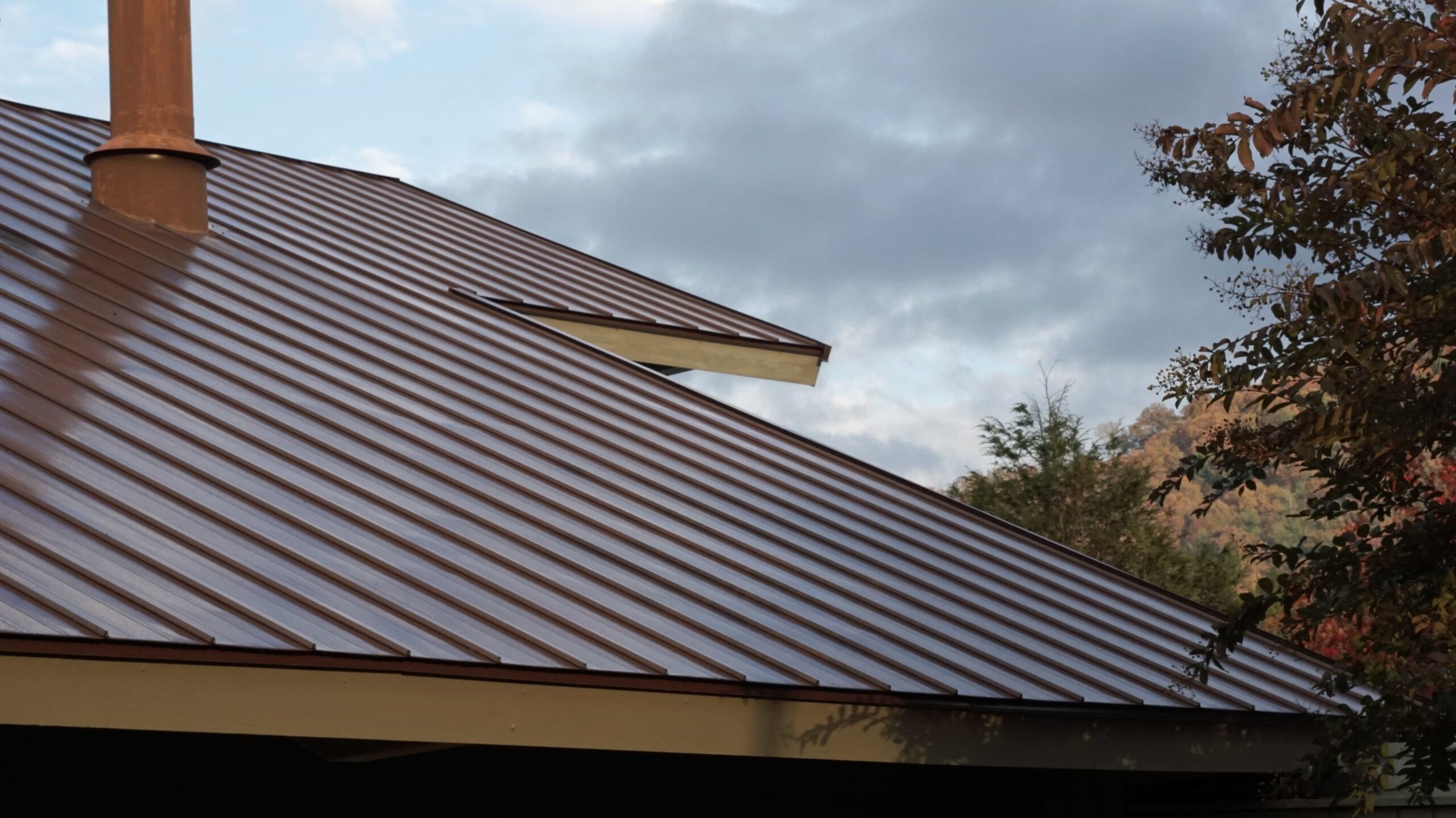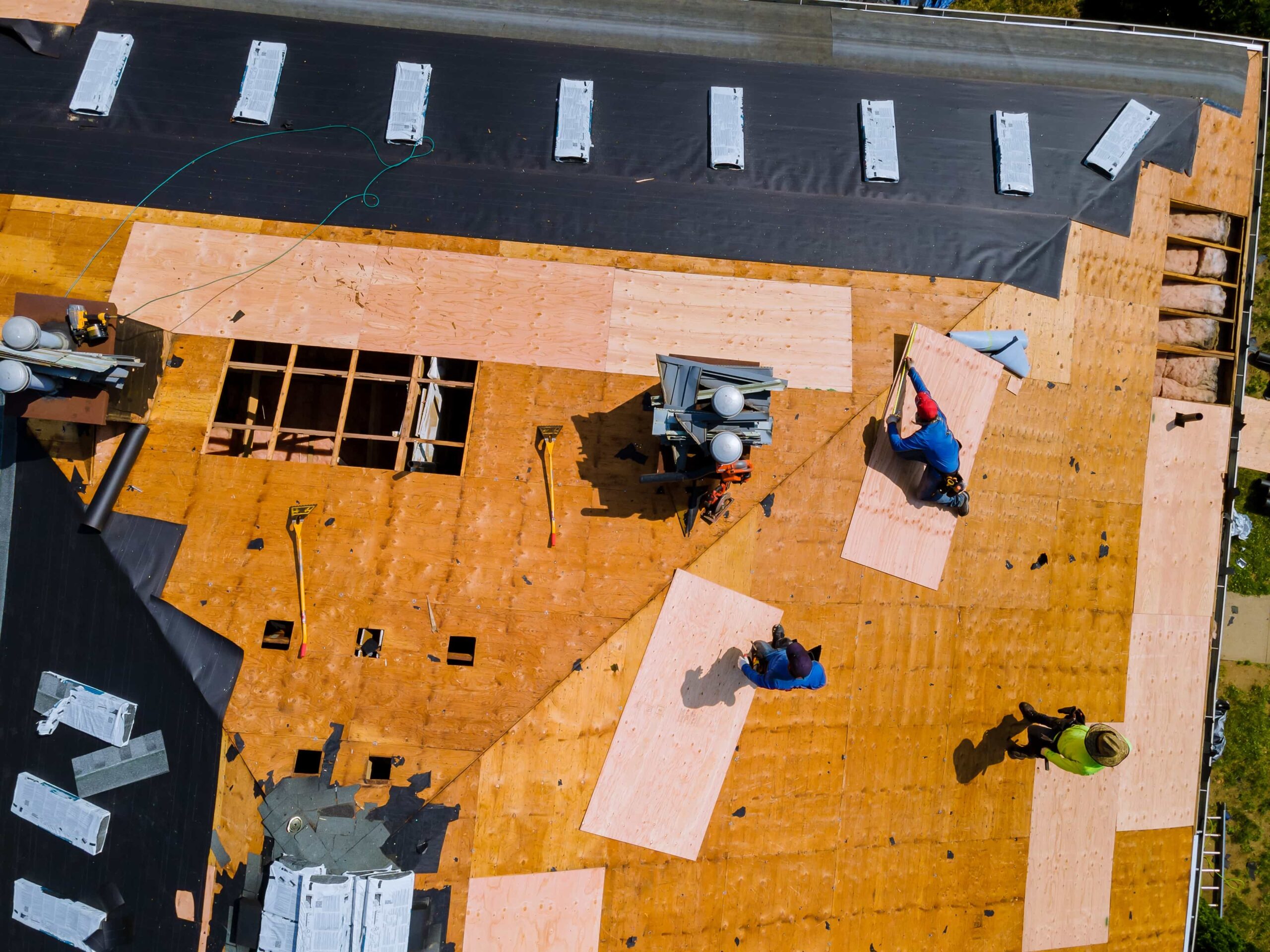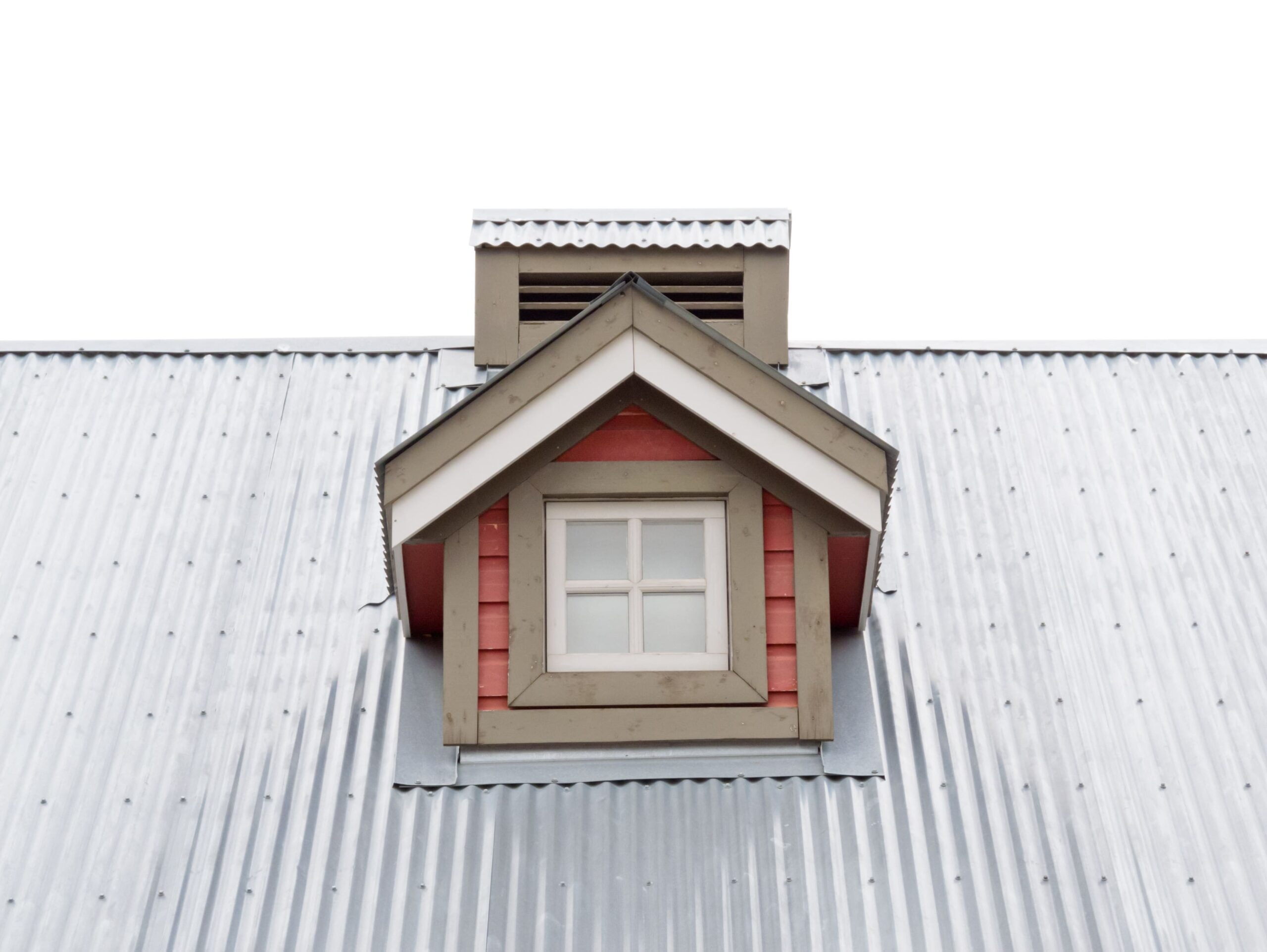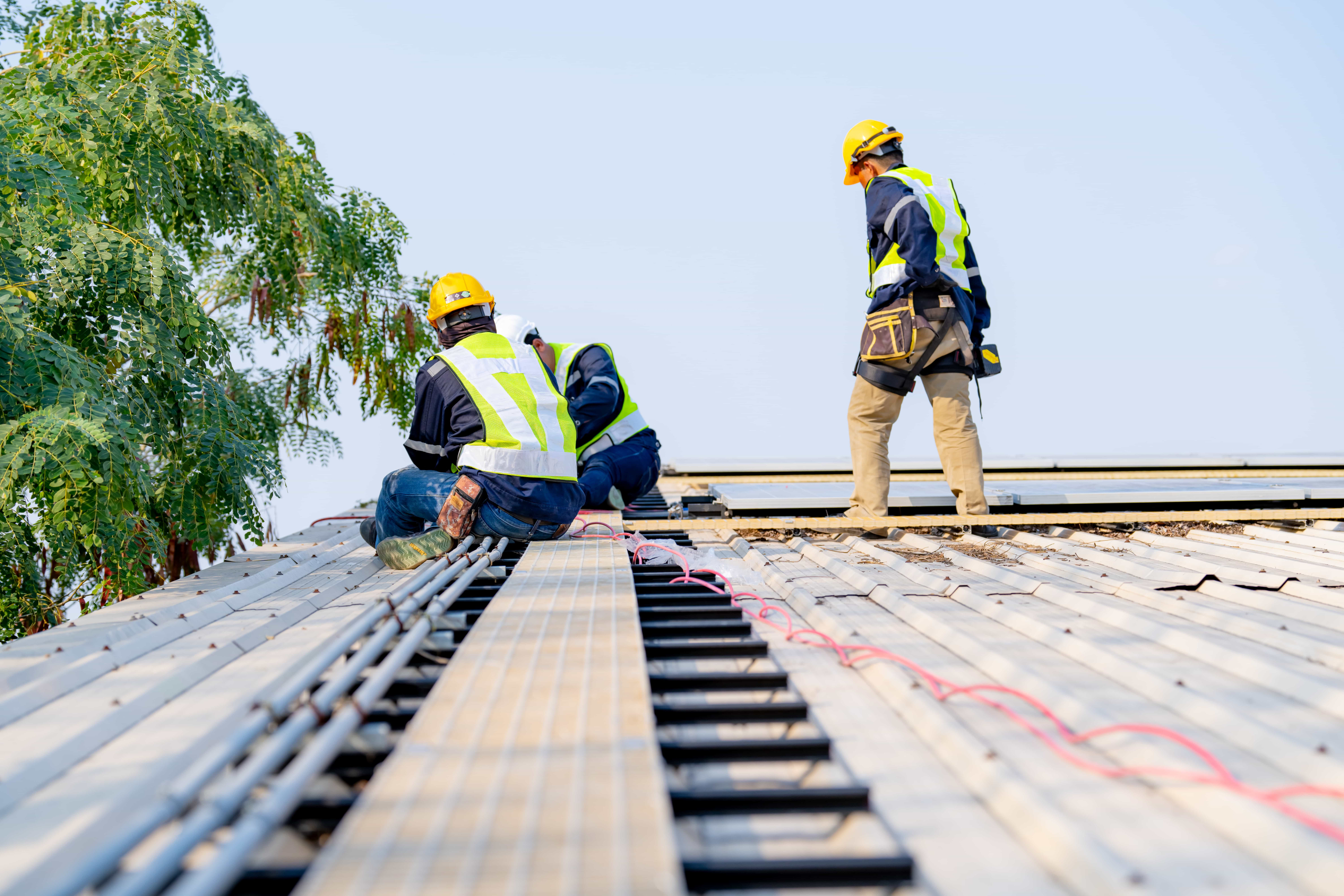The Lifespan of Roofing Materials in Austin’s Climate: A Complete Guide
Have you ever questioned the lifespan of your roof in Austin’s intense sun and variable weather? Your roof is your home’s first line of defense, yet most homeowners don’t know how the unique Central Texas climate affects different roofing materials. With average summer temperatures regularly climbing above 97°F and the potential for severe weather year-round, Austin presents unique challenges for roofing materials.
In Austin’s distinctive climate—characterized by blazing summers, sudden hailstorms, and occasional heavy rainfall—your choice of roofing material can mean the difference between frequent repairs and decades of protection. As a leading Austin residential roofing company, Excel CG has helped countless homeowners navigate these decisions with expert guidance on materials best suited for our region’s weather challenges.
How Austin’s Climate Affects Your Roof
The Austin climate creates unique challenges for roofing materials that many homeowners don’t fully appreciate until they face unexpected repairs. Our weather patterns subject roofs to:
- Intense heat and UV exposure: Summer temperatures regularly exceed 100°F, causing thermal expansion and accelerated aging of roofing materials. This extreme heat breaks down chemical bonds in many roofing materials and can reduce their expected lifespan by years.
- Sudden hailstorms: Austin experiences damaging hail that can dent metal roofs and crack or chip other materials, compromising their protective qualities and creating entry points for moisture.
- Flash flooding and heavy rainfall: Our region’s notorious flash floods test your roof’s water resistance and drainage systems, potentially leading to leaks and water damage if materials aren’t properly maintained.
- High winds: Seasonal storms bring powerful gusts that can lift shingles and create vulnerabilities in your roofing system.
- Dramatic temperature fluctuations: Austin’s weather can swing from hot to cold rapidly, especially during spring and fall, causing materials to expand and contract repeatedly, which leads to premature wear.
These weather conditions mean that national averages for roofing lifespans often don’t apply accurately to homes in our region. Let’s examine how different roofing materials in Austin’s climate actually perform over time.
Lifespan of Popular Roofing Materials in Austin’s Climate
Understanding the true lifespan of different roofing materials helps you make informed decisions that balance upfront costs with long-term value. Here’s what you can realistically expect in Central Texas:
Asphalt Shingles (15-20 years)
Asphalt shingles remain the most common roofing choice for many Austin homeowners due to their affordability and versatility. However, their actual performance in our climate deserves careful consideration.
- Impact of heat: The intense Austin sun accelerates granule loss on asphalt shingles, reducing their effective lifespan by 20-30% compared to cooler regions. Standard 3-tab shingles often show significant deterioration after just 12-15 years.
- Premium options: Architectural or dimensional shingles typically last 20-25 years in Austin’s climate with proper maintenance, offering better wind resistance and aesthetic appeal.
- Cost-effectiveness: Despite their shorter lifespan, asphalt shingles remain cost-effective for many homeowners, especially when considering their lower initial investment compared to other materials.
- Warning signs: Curling edges, missing granules in gutters, and brittle texture are indicators that your asphalt roof is approaching the end of its serviceable life in Austin’s harsh conditions.
Regular inspections from a qualified Austi like Excel CG can help identify these warning signs early, potentially extending your roof’s useful life through targeted repairs.
Metal Roofing (40-70 years)
Metal roofs have gained significant popularity in Austin due to their exceptional performance in our climate. Their reflective properties and durability make them particularly well-suited to Central Texas weather conditions.
Metal roofing materials offer outstanding resilience against Austin’s harsh elements. A properly installed metal roof reflects solar radiation rather than absorbing it, helping to keep your home cooler and reducing energy costs during our sweltering summers. This reflective quality also means less UV damage and thermal stress on the material itself, contributing significantly to its longevity.
- Material variations: Steel roofs typically last 40-50 years, while premium metals like copper and zinc can protect your home for 70+ years with minimal maintenance.
- Energy efficiency: Metal roofs can reduce cooling costs by up to 25% during Austin summers by reflecting rather than absorbing heat.
- Hail resistance: Quality metal roofing withstands most hailstorms without functional damage, though cosmetic denting may occur with larger hailstones.
- Investment return: While the initial cost is 2-3 times that of asphalt, the extended lifespan and energy savings make metal roofing cost-effective over time, especially in Austin’s climate.
At Excel CG, we’ve observed a growing trend toward metal roofing installations as Austin homeowners increasingly prioritize longevity and energy efficiency in their roofing decisions.
Tile Roofing: Clay and Concrete (50-100 years)
Tile roofs offer exceptional durability in Austin’s climate, withstanding our intense sun, occasional hail, and high winds with impressive resilience. The thermal mass of tiles helps regulate home temperatures, providing natural insulation against Austin’s extreme heat.
- Clay tile performance: Traditional clay tiles can last 50-100 years in Austin when properly installed, with minimal fading despite constant UV exposure. Their natural material composition allows them to withstand our climate fluctuations without degradation.
- Concrete tile durability: Concrete tiles typically offer 50+ years of protection, though they may experience some color fading over decades of sun exposure.
- Underlayment considerations: While the tiles themselves last decades, underlayment typically requires replacement after 20-30 years, representing a significant maintenance factor in tile roofing systems.
- Weight factors: Both clay and concrete tiles are heavy, requiring proper structural support. Many older Austin homes need reinforcement before tile installation.
The elegance and longevity of tile roofing make it a premium choice for homeowners looking for roofing materials in Austin’s climate that deliver both aesthetic appeal and exceptional performance.
Wood Shakes and Shingles (15-25 years in Austin)
While beautiful and traditional, wood roofing materials face particular challenges in our region’s hot, occasionally humid climate. Without diligent maintenance, their natural properties can work against them in Central Texas.
Wood shakes offer a distinctive, natural aesthetic that many Austin homeowners find appealing, particularly on craftsman-style homes or in neighborhoods with more traditional architecture. However, Austin’s climate creates specific challenges for wood roofing that impact its expected lifespan. The combination of intense UV radiation, seasonal humidity, and occasional extended dry spells accelerates the natural aging process of wood materials.
- Climate impact: Wood shingles last 15-25 years in Austin’s climate—significantly less than their potential 30+ year lifespan in cooler, drier regions.
- Maintenance requirements: Annual treatments, including cleaning and preservative applications, are essential to prevent warping, splitting, and algae growth in our climate.
- Fire concerns: Austin’s hot, sometimes drought-prone conditions increase fire risk with wood roofing, though fire-retardant treatments can mitigate this concern.
- Insect resistance: Cedar contains natural oils that resist insects, but these diminish over time in hot climates, potentially requiring additional treatments.
Extending Your Roof’s Lifespan in Austin
Regardless of your roofing material, proper maintenance significantly extends its useful life in our challenging climate. Based on our experience working with Austin homes, here are essential practices to protect your investment:
- Schedule seasonal inspections: Have your roof professionally inspected twice yearly—ideally in spring and fall—to catch minor issues before they develop into major problems. This regularity is particularly important after severe weather events.
- Maintain clean gutters: Austin’s sudden downpours can overwhelm clogged gutters, causing water to back up under roofing materials. Clear debris quarterly and consider installing gutter guards to prevent blockages.
- Ensure proper attic ventilation: Excessive heat buildup in poorly ventilated attics accelerates roofing deterioration from beneath. A properly ventilated attic can be 30-40 degrees cooler, significantly extending your roof’s lifespan.
- Address tree concerns: Trim branches that hang over your roof to prevent debris accumulation and potential damage during storms. Falling branches are a common cause of roof damage during Austin’s occasional severe weather.
- Act quickly after storms: Have your roof inspected promptly following significant hail or wind events, even if no leaks are immediately apparent. Hidden damage can develop into serious problems months later if left untreated.
Investing Wisely in Your Roof
Your roof is more than just protection—it’s a significant investment in your home’s value, efficiency, and curb appeal. In Austin’s challenging climate, choosing the right material and maintaining it properly can mean the difference between a roof that fails prematurely and one that serves your home for decades.
The unique weather patterns we experience in Central Texas demand thoughtful consideration of how different roofing materials perform over time in our specific conditions. National averages and manufacturer estimates often don’t account for the intense UV exposure, sudden storms, and temperature extremes that define Austin’s climate.
When you’re ready to replace your roof or need an expert assessment of your current roofing condition, Excel CG is here to help. Our team specializes in identifying the best solutions for Austin homes, taking into account both performance requirements and aesthetic considerations. Contact us today for a comprehensive evaluation of your roofing needs and discover why so many Austin homeowners trust Excel CG with their most important home protection system.
Have you ever questioned the lifespan of your roof in Austin’s intense sun and variable weather? Your roof is your home’s first line of defense, yet most homeowners don’t know how the unique Central Texas climate affects different roofing materials. With average summer temperatures regularly climbing above 97°F and the potential for severe weather year-round, Austin presents unique challenges for roofing materials.
In Austin’s distinctive climate—characterized by blazing summers, sudden hailstorms, and occasional heavy rainfall—your choice of roofing material can mean the difference between frequent repairs and decades of protection. As a leading Austin residential roofing company, Excel CG has helped countless homeowners navigate these decisions with expert guidance on materials best suited for our region’s weather challenges.
How Austin’s Climate Affects Your Roof
The Austin climate creates unique challenges for roofing materials that many homeowners don’t fully appreciate until they face unexpected repairs. Our weather patterns subject roofs to:
- Intense heat and UV exposure: Summer temperatures regularly exceed 100°F, causing thermal expansion and accelerated aging of roofing materials. This extreme heat breaks down chemical bonds in many roofing materials and can reduce their expected lifespan by years.
- Sudden hailstorms: Austin experiences damaging hail that can dent metal roofs and crack or chip other materials, compromising their protective qualities and creating entry points for moisture.
- Flash flooding and heavy rainfall: Our region’s notorious flash floods test your roof’s water resistance and drainage systems, potentially leading to leaks and water damage if materials aren’t properly maintained.
- High winds: Seasonal storms bring powerful gusts that can lift shingles and create vulnerabilities in your roofing system.
- Dramatic temperature fluctuations: Austin’s weather can swing from hot to cold rapidly, especially during spring and fall, causing materials to expand and contract repeatedly, which leads to premature wear.
These weather conditions mean that national averages for roofing lifespans often don’t apply accurately to homes in our region. Let’s examine how different roofing materials in Austin’s climate actually perform over time.
Lifespan of Popular Roofing Materials in Austin’s Climate
Understanding the true lifespan of different roofing materials helps you make informed decisions that balance upfront costs with long-term value. Here’s what you can realistically expect in Central Texas:
Asphalt Shingles (15-20 years)
Asphalt shingles remain the most common roofing choice for many Austin homeowners due to their affordability and versatility. However, their actual performance in our climate deserves careful consideration.
- Impact of heat: The intense Austin sun accelerates granule loss on asphalt shingles, reducing their effective lifespan by 20-30% compared to cooler regions. Standard 3-tab shingles often show significant deterioration after just 12-15 years.
- Premium options: Architectural or dimensional shingles typically last 20-25 years in Austin’s climate with proper maintenance, offering better wind resistance and aesthetic appeal.
- Cost-effectiveness: Despite their shorter lifespan, asphalt shingles remain cost-effective for many homeowners, especially when considering their lower initial investment compared to other materials.
- Warning signs: Curling edges, missing granules in gutters, and brittle texture are indicators that your asphalt roof is approaching the end of its serviceable life in Austin’s harsh conditions.
Regular inspections from a qualified Austi like Excel CG can help identify these warning signs early, potentially extending your roof’s useful life through targeted repairs.
Metal Roofing (40-70 years)
Metal roofs have gained significant popularity in Austin due to their exceptional performance in our climate. Their reflective properties and durability make them particularly well-suited to Central Texas weather conditions.
Metal roofing materials offer outstanding resilience against Austin’s harsh elements. A properly installed metal roof reflects solar radiation rather than absorbing it, helping to keep your home cooler and reducing energy costs during our sweltering summers. This reflective quality also means less UV damage and thermal stress on the material itself, contributing significantly to its longevity.
- Material variations: Steel roofs typically last 40-50 years, while premium metals like copper and zinc can protect your home for 70+ years with minimal maintenance.
- Energy efficiency: Metal roofs can reduce cooling costs by up to 25% during Austin summers by reflecting rather than absorbing heat.
- Hail resistance: Quality metal roofing withstands most hailstorms without functional damage, though cosmetic denting may occur with larger hailstones.
- Investment return: While the initial cost is 2-3 times that of asphalt, the extended lifespan and energy savings make metal roofing cost-effective over time, especially in Austin’s climate.
At Excel CG, we’ve observed a growing trend toward metal roofing installations as Austin homeowners increasingly prioritize longevity and energy efficiency in their roofing decisions.
Tile Roofing: Clay and Concrete (50-100 years)
Tile roofs offer exceptional durability in Austin’s climate, withstanding our intense sun, occasional hail, and high winds with impressive resilience. The thermal mass of tiles helps regulate home temperatures, providing natural insulation against Austin’s extreme heat.
- Clay tile performance: Traditional clay tiles can last 50-100 years in Austin when properly installed, with minimal fading despite constant UV exposure. Their natural material composition allows them to withstand our climate fluctuations without degradation.
- Concrete tile durability: Concrete tiles typically offer 50+ years of protection, though they may experience some color fading over decades of sun exposure.
- Underlayment considerations: While the tiles themselves last decades, underlayment typically requires replacement after 20-30 years, representing a significant maintenance factor in tile roofing systems.
- Weight factors: Both clay and concrete tiles are heavy, requiring proper structural support. Many older Austin homes need reinforcement before tile installation.
The elegance and longevity of tile roofing make it a premium choice for homeowners looking for roofing materials in Austin’s climate that deliver both aesthetic appeal and exceptional performance.
Wood Shakes and Shingles (15-25 years in Austin)
While beautiful and traditional, wood roofing materials face particular challenges in our region’s hot, occasionally humid climate. Without diligent maintenance, their natural properties can work against them in Central Texas.
Wood shakes offer a distinctive, natural aesthetic that many Austin homeowners find appealing, particularly on craftsman-style homes or in neighborhoods with more traditional architecture. However, Austin’s climate creates specific challenges for wood roofing that impact its expected lifespan. The combination of intense UV radiation, seasonal humidity, and occasional extended dry spells accelerates the natural aging process of wood materials.
- Climate impact: Wood shingles last 15-25 years in Austin’s climate—significantly less than their potential 30+ year lifespan in cooler, drier regions.
- Maintenance requirements: Annual treatments, including cleaning and preservative applications, are essential to prevent warping, splitting, and algae growth in our climate.
- Fire concerns: Austin’s hot, sometimes drought-prone conditions increase fire risk with wood roofing, though fire-retardant treatments can mitigate this concern.
- Insect resistance: Cedar contains natural oils that resist insects, but these diminish over time in hot climates, potentially requiring additional treatments.
Extending Your Roof’s Lifespan in Austin
Regardless of your roofing material, proper maintenance significantly extends its useful life in our challenging climate. Based on our experience working with Austin homes, here are essential practices to protect your investment:
- Schedule seasonal inspections: Have your roof professionally inspected twice yearly—ideally in spring and fall—to catch minor issues before they develop into major problems. This regularity is particularly important after severe weather events.
- Maintain clean gutters: Austin’s sudden downpours can overwhelm clogged gutters, causing water to back up under roofing materials. Clear debris quarterly and consider installing gutter guards to prevent blockages.
- Ensure proper attic ventilation: Excessive heat buildup in poorly ventilated attics accelerates roofing deterioration from beneath. A properly ventilated attic can be 30-40 degrees cooler, significantly extending your roof’s lifespan.
- Address tree concerns: Trim branches that hang over your roof to prevent debris accumulation and potential damage during storms. Falling branches are a common cause of roof damage during Austin’s occasional severe weather.
- Act quickly after storms: Have your roof inspected promptly following significant hail or wind events, even if no leaks are immediately apparent. Hidden damage can develop into serious problems months later if left untreated.
Investing Wisely in Your Roof
Your roof is more than just protection—it’s a significant investment in your home’s value, efficiency, and curb appeal. In Austin’s challenging climate, choosing the right material and maintaining it properly can mean the difference between a roof that fails prematurely and one that serves your home for decades.
The unique weather patterns we experience in Central Texas demand thoughtful consideration of how different roofing materials perform over time in our specific conditions. National averages and manufacturer estimates often don’t account for the intense UV exposure, sudden storms, and temperature extremes that define Austin’s climate.
When you’re ready to replace your roof or need an expert assessment of your current roofing condition, Excel CG is here to help. Our team specializes in identifying the best solutions for Austin homes, taking into account both performance requirements and aesthetic considerations. Contact us today for a comprehensive evaluation of your roofing needs and discover why so many Austin homeowners trust Excel CG with their most important home protection system.
Schedule a Free Inspection

Mon – Fri
9am : 5pm
Saturday
10am : 2pm
Sunday
Closed
CONTACT INFORMATION
ECG Corporate Location
TEXAS – COLORADO – OKLAHOMA | ➥ SEE ALL DIVISIONS
ECG COMMERCIAL




